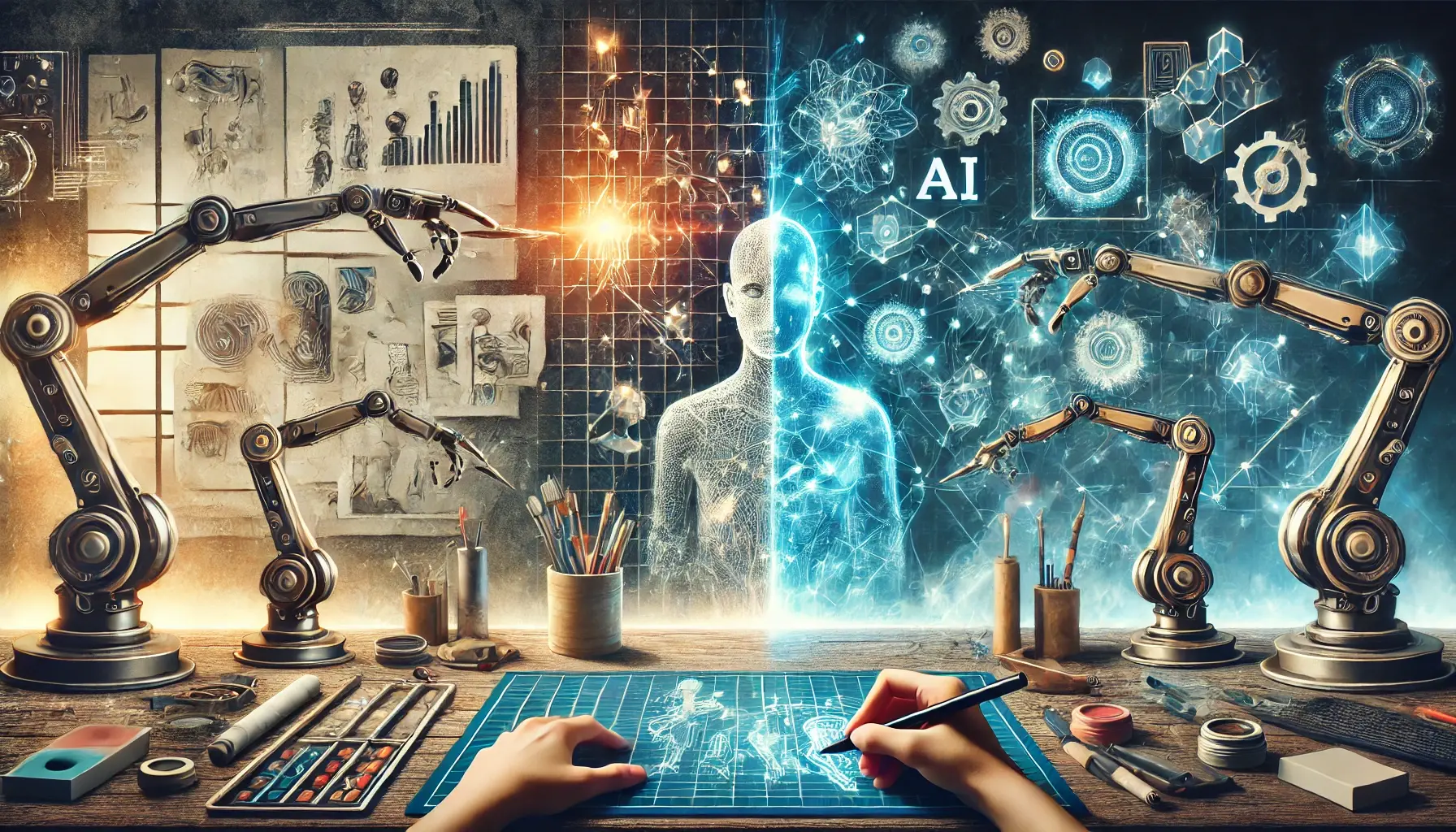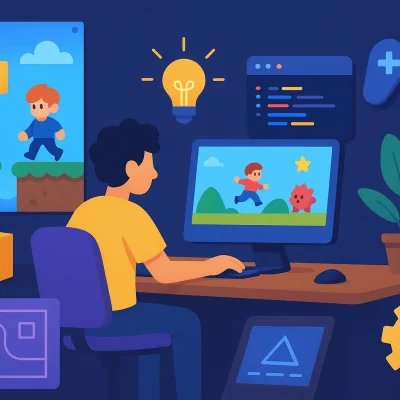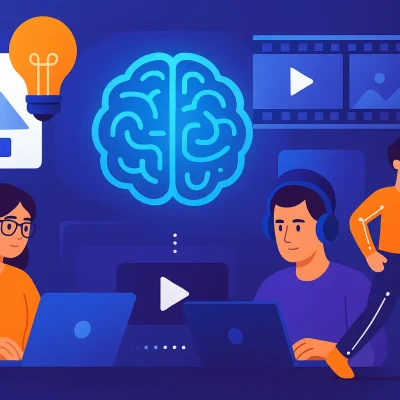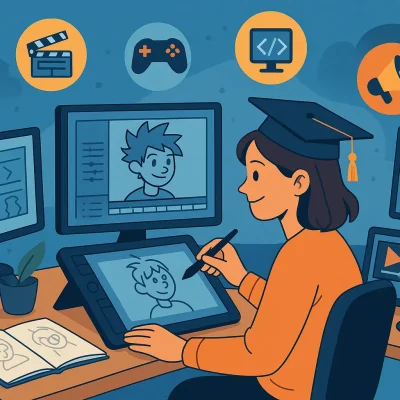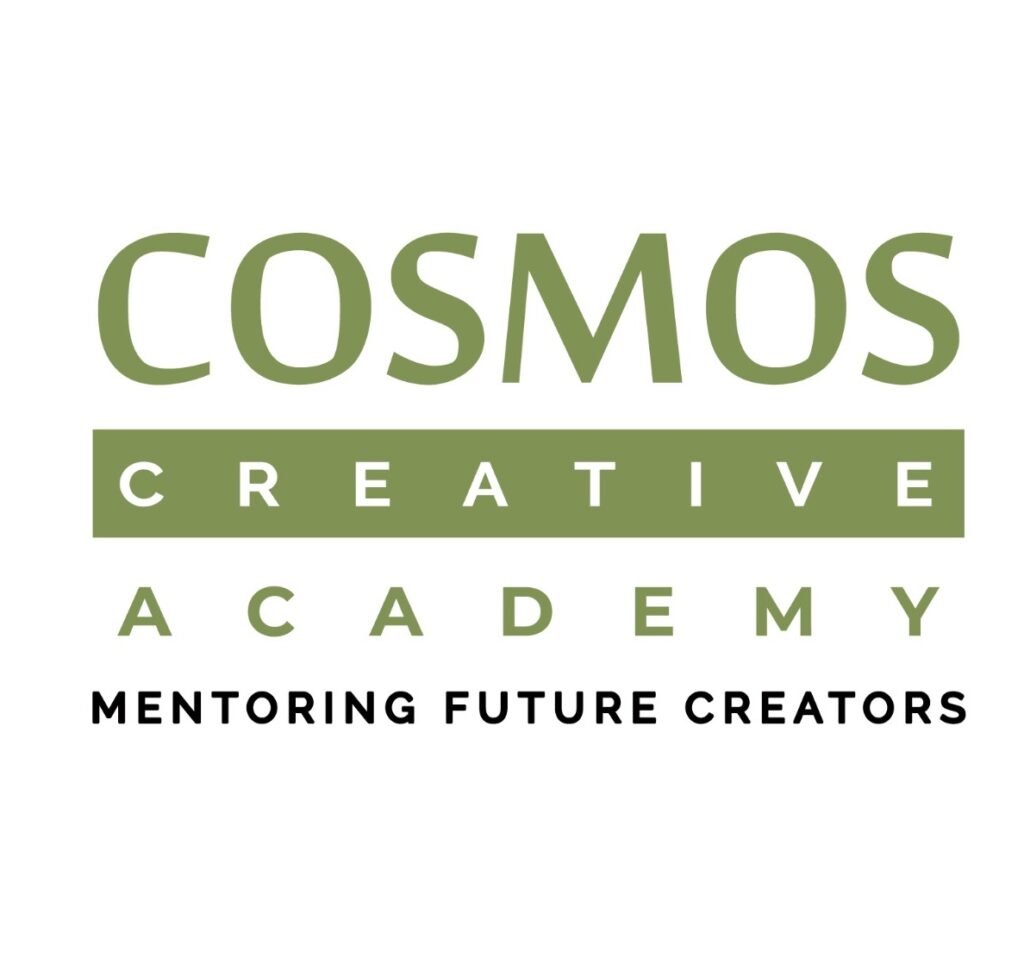Will AI Replace Graphic Designers? How Artificial Intelligence is Changing the Design Industry?
Artificial Intelligence (AI) is revolutionizing industries across the globe, and the design world is no exception. As technology continues to evolve, many wonder if AI will replace graphic designers. After all, with AI tools capable of generating stunning visuals and designs, how much room is left for human creativity? In this blog post, we’ll explore the role of AI in the graphic design industry, whether it will replace graphic designers, and how designers can adapt to the changing landscape.
The Rise of AI in Graphic Design
AI has made its mark in the graphic design industry in recent years. Tools powered by AI can now generate logos, layouts, social media posts, and even website designs with minimal input. Programs like Adobe Sensei, Canva’s AI features, and DALL·E are examples of how AI is assisting designers in creating beautiful visuals faster and with greater ease.
These AI tools can automate repetitive tasks, suggest color schemes, and even generate design elements based on user preferences. For businesses and individuals who need quick designs, these AI tools can be a lifesaver. But does this mean the end for graphic designers?
Will AI Replace Graphic Designers?
While AI can handle certain aspects of design, such as generating templates, adjusting layouts, and even suggesting color combinations, it cannot replace the core skills and creativity that human graphic designers bring to the table.
1. Creativity and Emotion:
Graphic design is more than just technical skills; it’s about creativity, emotion, and storytelling. A graphic designer’s role is to communicate a brand’s message or emotion through design elements like typography, images, and layout. AI tools may be able to automate processes, but they can’t replicate the deep understanding of human emotions or the cultural context that designers bring to their work.
2. Problem Solving:
Design is not just about aesthetics. Graphic designers are problem solvers who understand the target audience, the business’s needs, and the overall vision behind the design. AI might generate designs, but it lacks the intuition and understanding of context that a skilled designer has when working on a project.
3. Personalization and Customization:
AI tools might be able to generate templates, but personalization is a key aspect of great design. Graphic designers tailor their work to each client’s specific needs and brand identity, something AI cannot easily replicate. Custom designs crafted by humans offer a unique touch that AI-generated designs often lack.
How AI is Enhancing the Graphic Design Process
While AI is unlikely to fully replace graphic designers, it is certainly changing the way they work. Here’s how AI can complement the work of a graphic designer:
1. Speeding Up Repetitive Tasks:
AI can handle repetitive tasks such as resizing images, cropping, or generating variations of a design. This allows designers to focus on more creative and strategic aspects of the project, like brainstorming ideas or refining the final look.
2. AI-Powered Design Suggestions:
AI can analyze vast amounts of design data to provide insights, trends, and suggestions for improving designs. Designers can use AI as a tool to experiment with color palettes, typography, and layouts, helping them make informed design choices that align with the latest trends.
3. Collaboration Between AI and Designers:
AI is not here to replace designers, but to assist them. Designers can use AI tools to generate initial ideas, automate mundane tasks, or find inspiration. The combination of human creativity and AI efficiency can result in powerful and innovative designs.
How Graphic Designers Can Adapt
Instead of fearing that AI will replace them, graphic designers should embrace the technology and use it to their advantage. Here are a few ways designers can stay ahead of the curve:
1. Embrace AI Tools:
Stay updated with the latest AI design tools and learn how they can be incorporated into your workflow. By mastering these tools, you can improve your efficiency and offer faster turnaround times for clients.
2. Focus on Human-Centered Design:
AI may be able to generate beautiful designs, but it can’t replace the emotional connection and human insight that graphic designers bring to the table. Focus on creating designs that resonate with people and tell a unique story.
3. Expand Your Skill Set:
The design industry is constantly evolving, and staying ahead means learning new skills. Graphic designers should expand their expertise into areas like UX/UI design, motion graphics, or digital marketing to remain competitive in a rapidly changing job market.
The Future of Graphic Design and AI
As AI continues to evolve, it’s clear that the future of graphic design will involve a balance between technology and creativity. The role of graphic designers will shift, but their unique skills will remain in high demand. Embrace AI, adapt, and continue to innovate – the future of design is a collaborative one, where both human creativity and AI-powered efficiency can work hand in hand to create something truly amazing.
Conclusion: The Synergy Between AI and Graphic Designers: A Collaborative Future

AI Points
Automation of Repetitive Tasks
AI can handle mundane tasks like resizing images or creating variations, freeing up time for more creative work.
Speed and Efficiency
AI tools can generate designs and suggestions quickly, allowing for faster turnaround times.
AI-Powered Design Suggestions
AI analyzes design trends and provides valuable insights for designers, helping them stay updated with industry trends.
Consistency in Design Generation
AI can create consistent visual elements and maintain uniformity across designs.
Cost-Effective for Quick Designs
AI can generate designs for businesses or individuals who need basic designs at a lower cost and quick pace.
Data-Driven Insights
AI tools can analyze large amounts of data to suggest optimal colors, fonts, and layouts.
Collaboration with Designers
AI can assist in generating ideas, providing inspiration, and enhancing workflow.
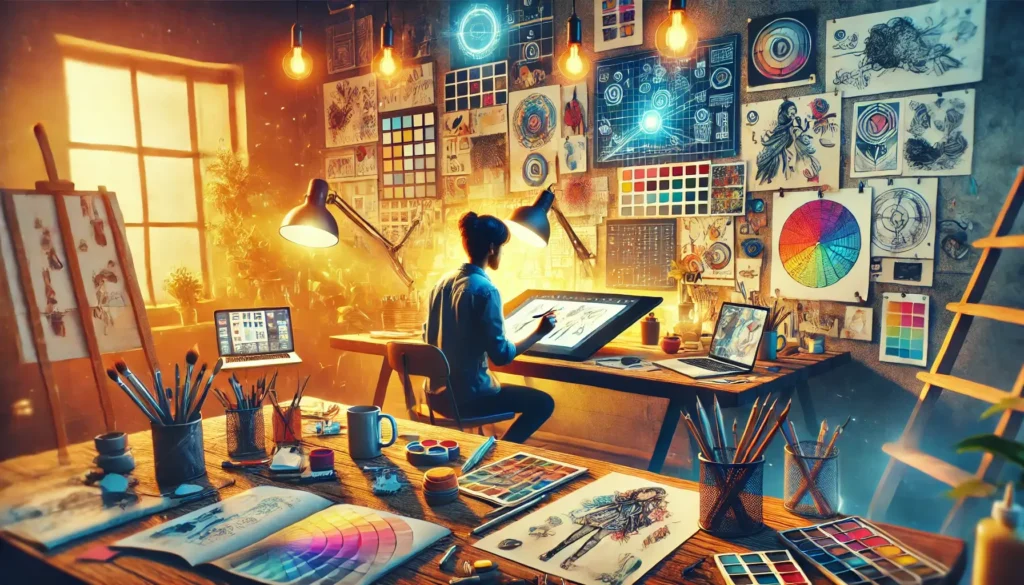
Graphic Designer Points
Human Creativity & Emotional Connection
Designers bring creativity and emotional depth to designs, ensuring they resonate with audiences on a personal level.
Customization & Personalization
Designers tailor each project to meet specific client needs and ensure the brand’s identity shines through.
Strategic Problem Solving
Designers solve complex problems by understanding the target audience, the business’s goals, and the context of the design project.
Human Intuition and Context
Designers bring a nuanced understanding of cultural, social, and emotional context, ensuring designs have real-world relevance.
Storytelling through Design
Designers don’t just create visuals; they tell a story through the design, conveying a brand’s message and values.
Unique and Original Designs
While AI can generate designs, human designers create truly unique works that stand out and leave a lasting impression.
Adaptability & Versatility
Graphic designers can adapt their skills across various design fields (UX/UI, motion graphics, etc.) to stay competitive and relevant.
Key Takeaway:
AI is here to assist, not replace. By combining the power of AI with human creativity, graphic designers can unlock a future of limitless possibilities, where both speed and innovation lead to exceptional, personalized designs.
